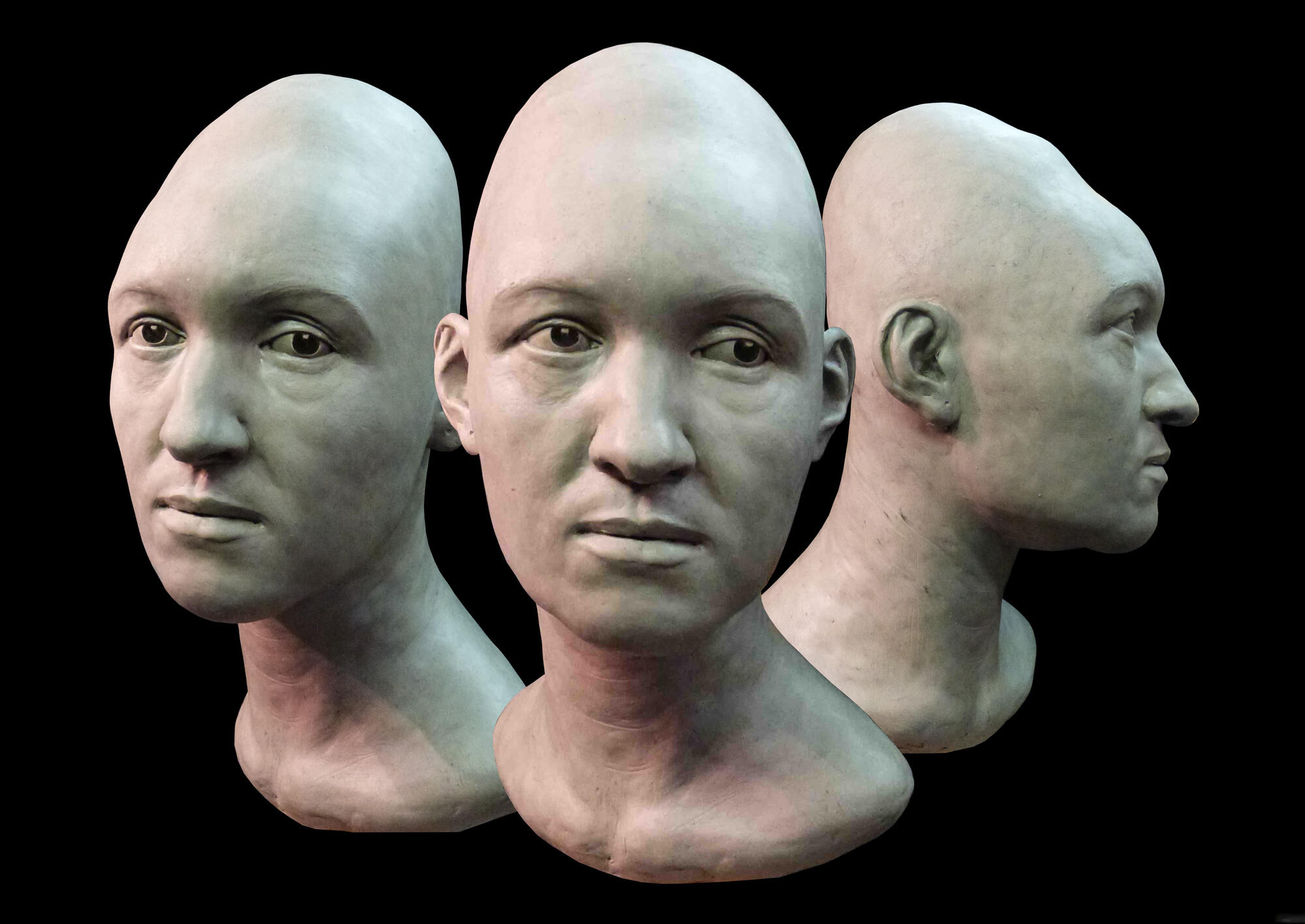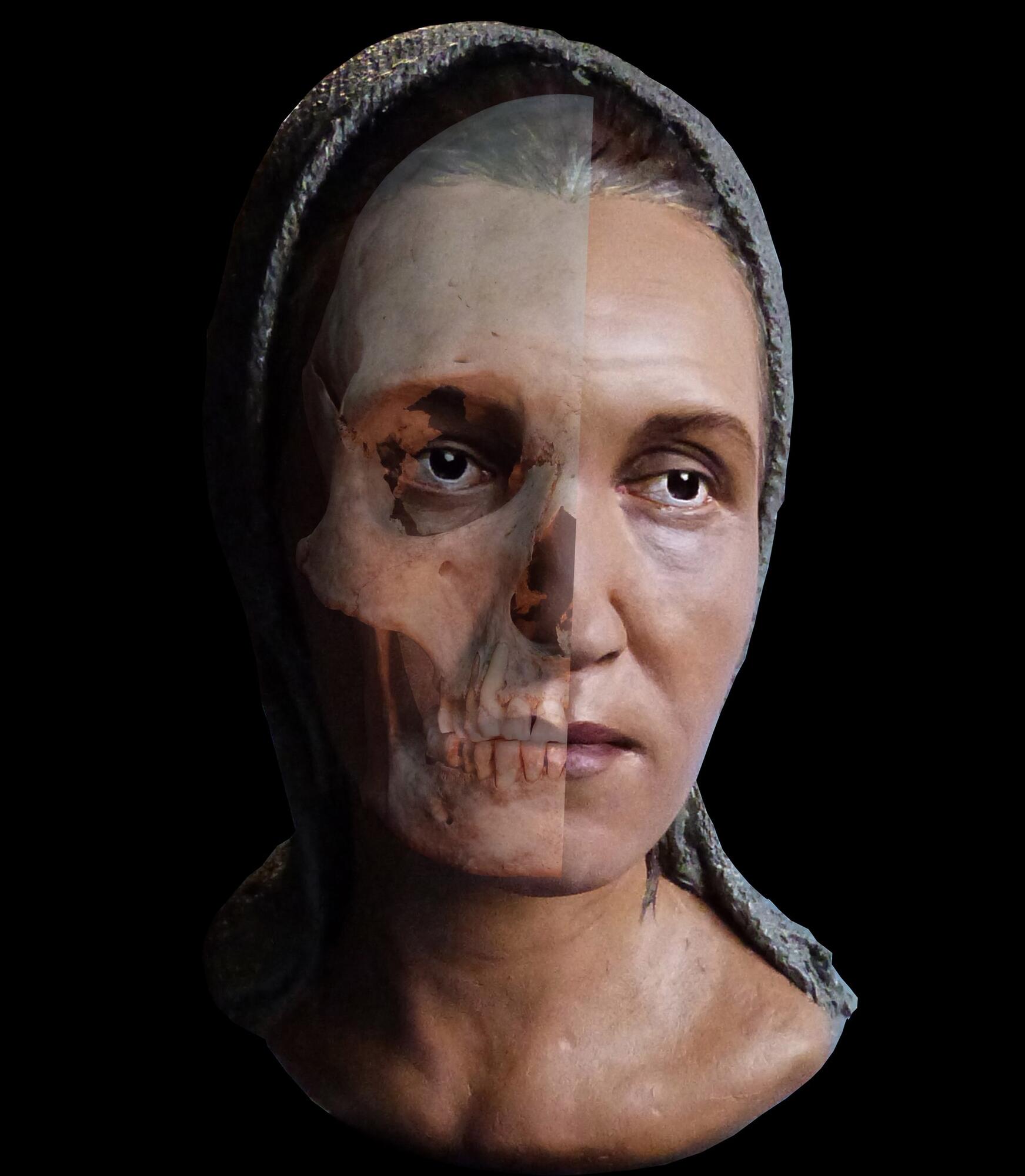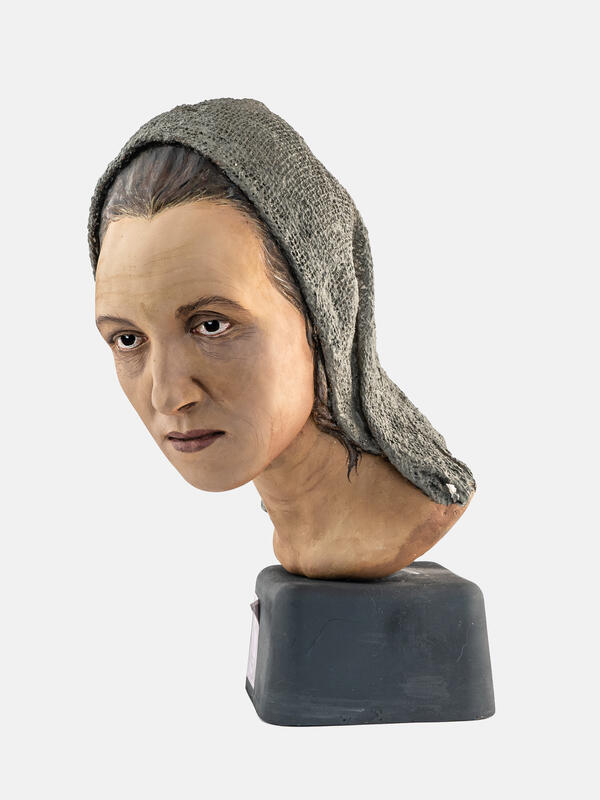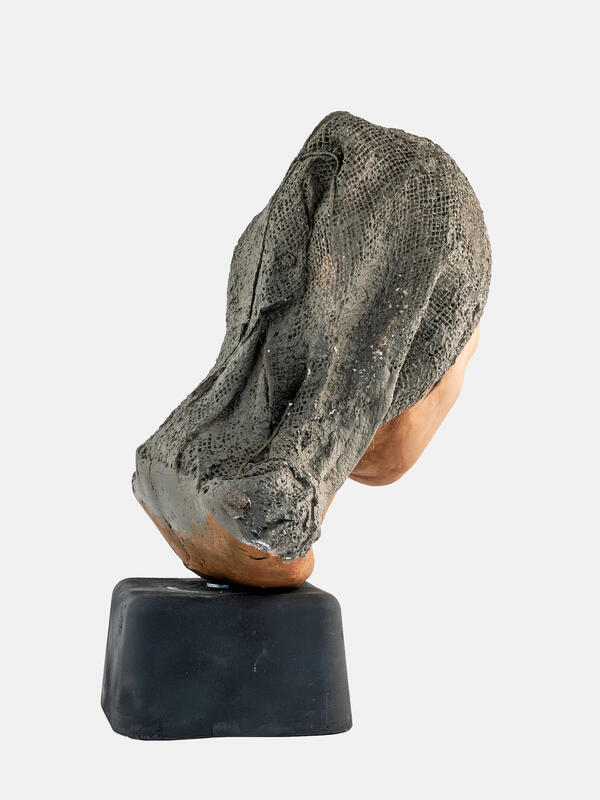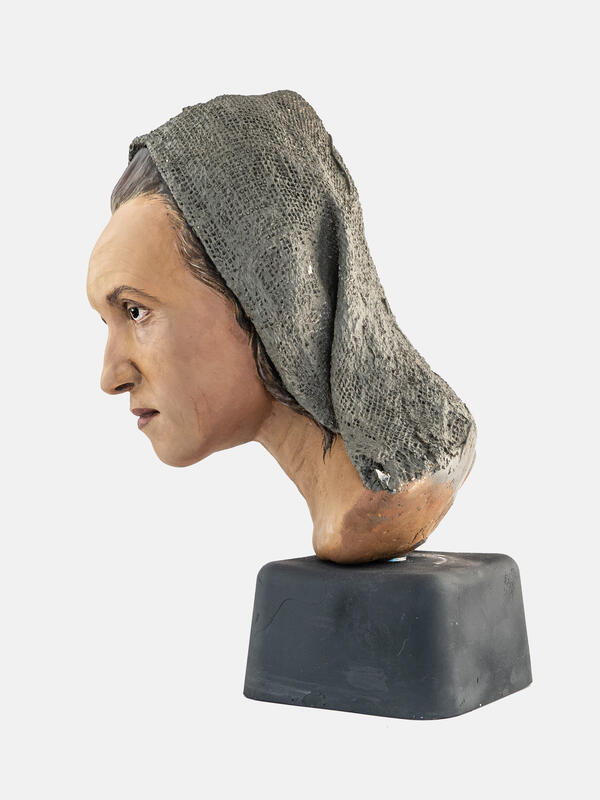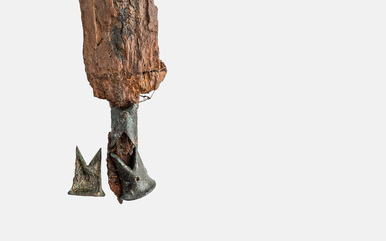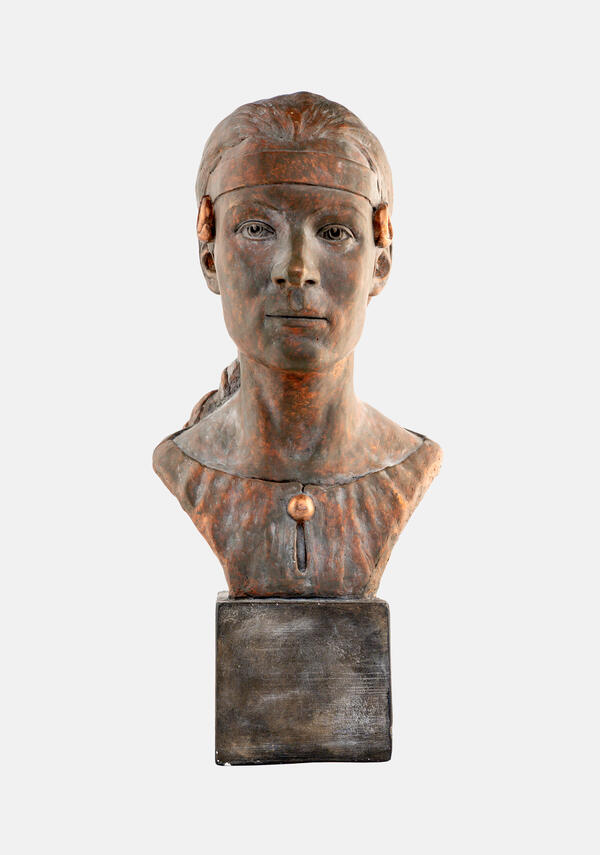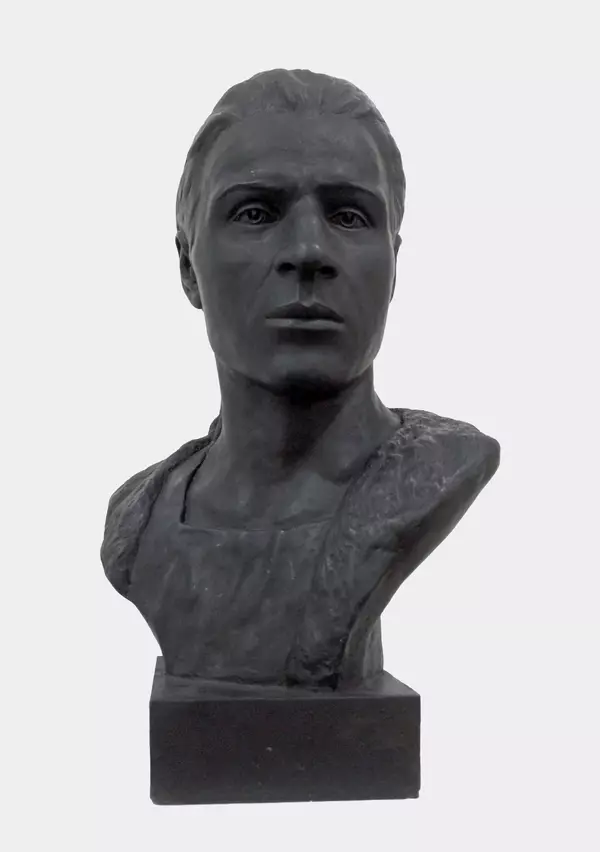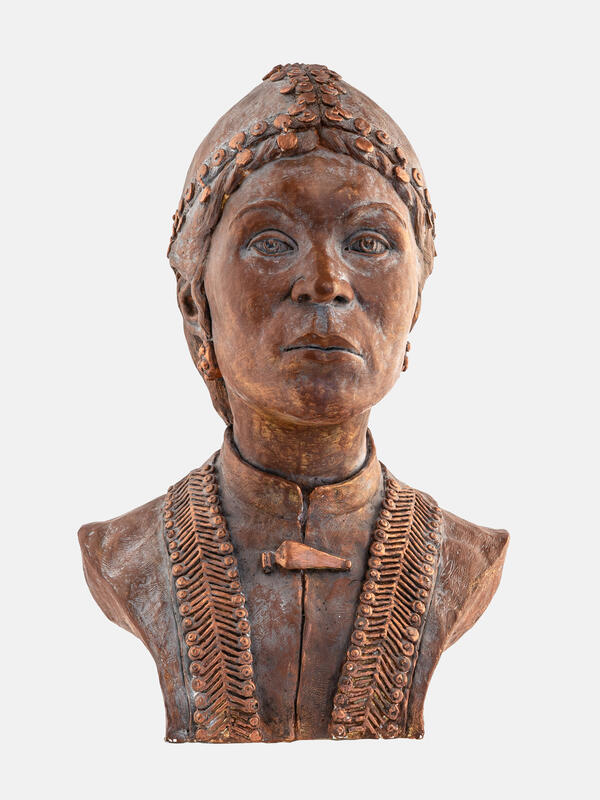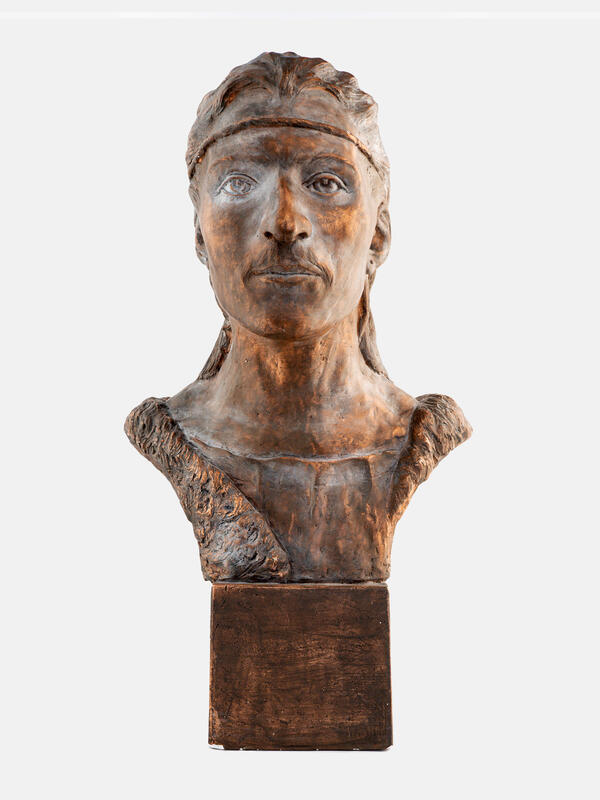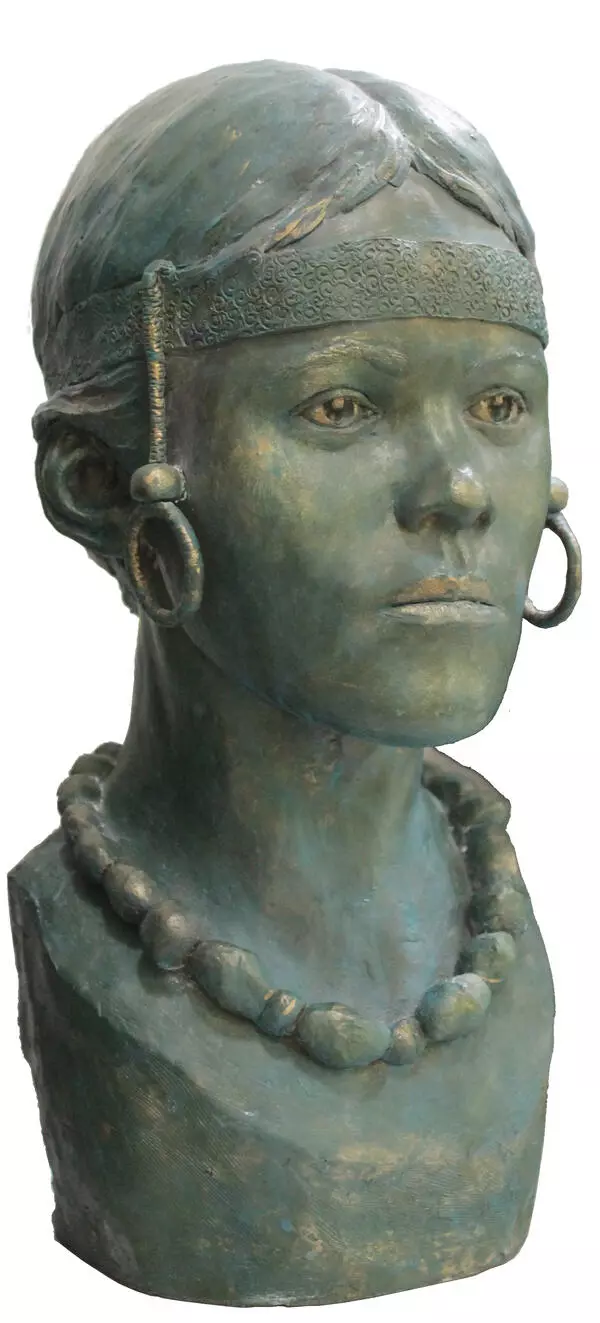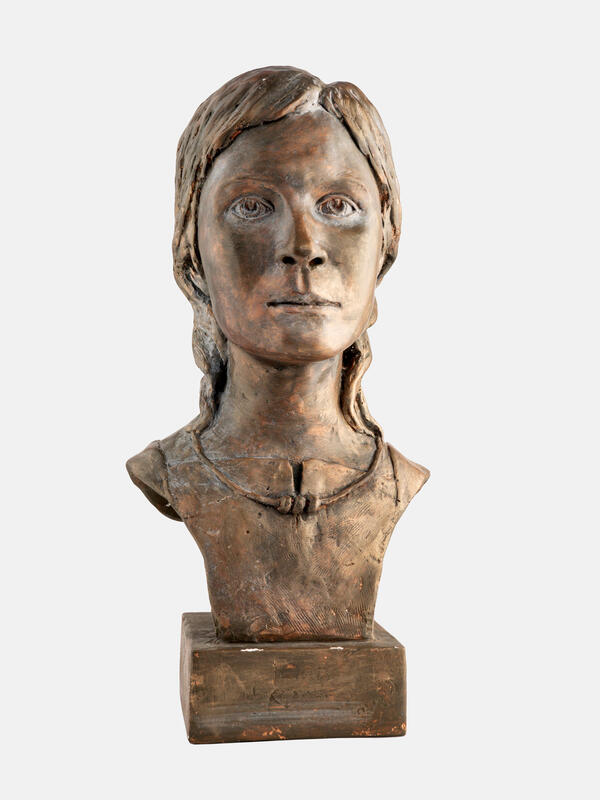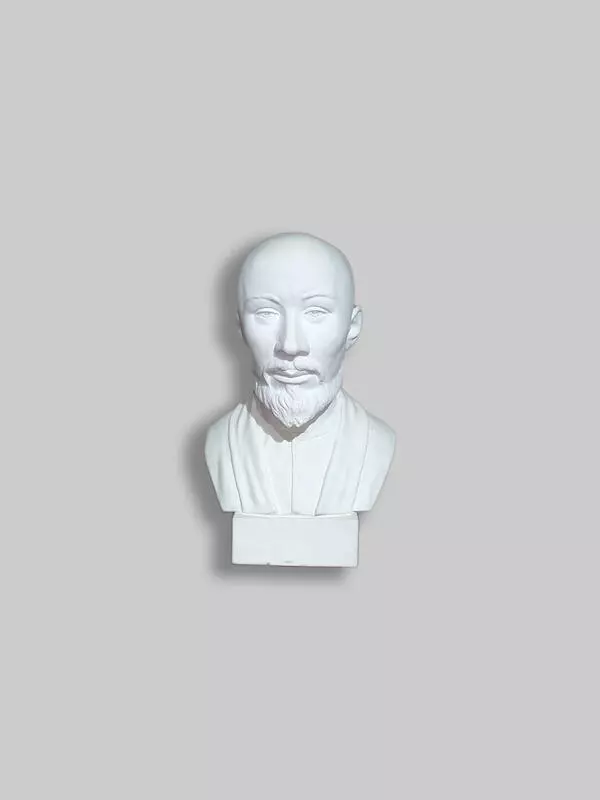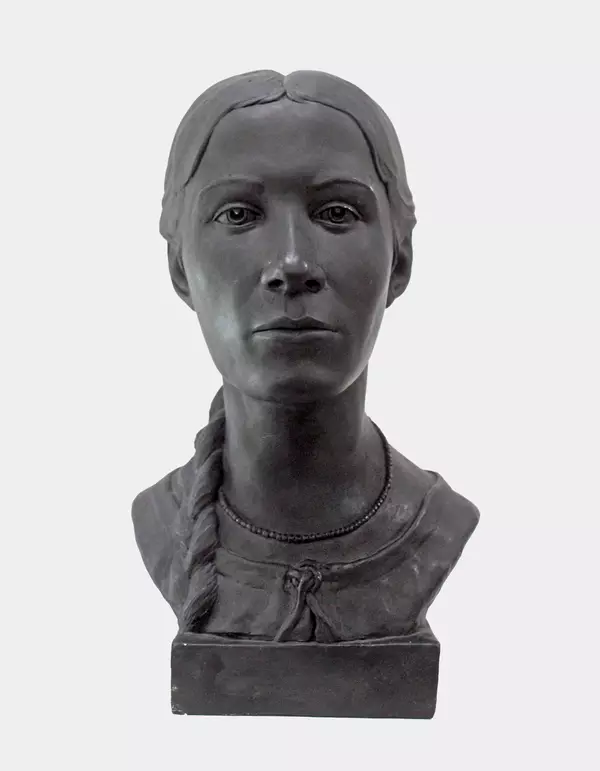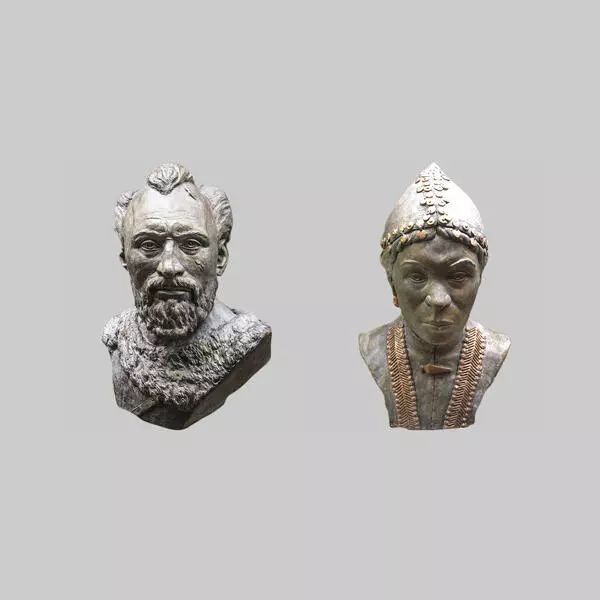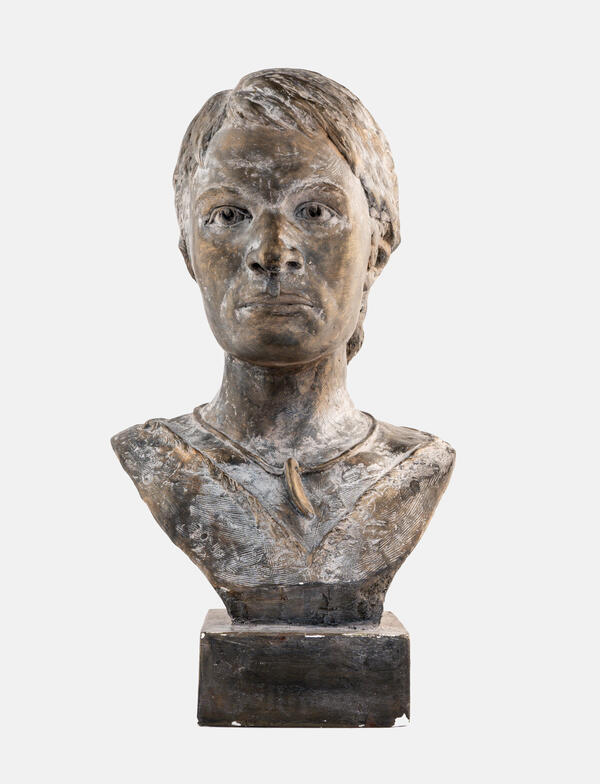In 2015–2016, a team of the Arkaim Museum-Reserve and Chelyabinsk State University studied five burial mounds of the Mandesarka-6 burial ground in the Kizilsky District of the Chelyabinsk Region. The necropolis is located in the steppe zone at the top of the watershed of the Mandesarka and Kayrakhta rivers.
The woman buried in mound six is notable for the elongated shape of her head. The woman belonged to the tribes of the Late Sarmatians, who roamed in the III–IV centuries AD in the Trans-Ural steppes. According to archaeologists, the custom of artificial deformation was widespread in the culture of Late Sarmatian tribes. The deformation was achieved by deliberate long-term mechanical impact on the skull during the period from birth to two years of age, when the bones were still soft and asymphytous. The change in the shape of the skull was achieved either by tight compression with bandages or plaques fixed on the head, or by systematic manual pressure. However, the volume of the brain, as well as its basic intellectual and mental functions, did not change qualitatively in a child and an adult.
The ritual of lifetime deformation of the skull is one of the types of artificial modification of the body along with circumcision, ear and nose piercing, tattooing or teeth filing. Archaeologists know that artificially deformed skulls have been around since the Neolithic period, and specimens belonging to various peoples from different historical epochs have been found on all continents.
The “fashion” for deformed skulls spread among the Sarmatian tribes in the Late Sarmatian period, with about 70–80% of the population showing this deformation. Nomads borrowed this custom from the peoples of Central Asia, where deformations were massively spread since the turn of the Common Era. As nomads settled westward during the Great Migration of Peoples, the tradition and its bearers came to Europe, as evidenced by findings of artificially deformed skulls in Bulgaria, the Czech Republic, and Germany. The origin and wide spread of this tradition are connected with the peculiarities of socio-ethnic psychology. It is based on the echo of the cult of skulls of the Upper Paleolithic (Old Stone Age) — the belief that the head contains a certain magical power. Later, in the Sarmatian culture, the custom of deformation served the purpose of conscious likening of people of the same community to each other. In other words, the presence of a deformed head made it possible to categorize a person as “one of their own”, to indicate to others that they belonged to a certain union of tribes.


